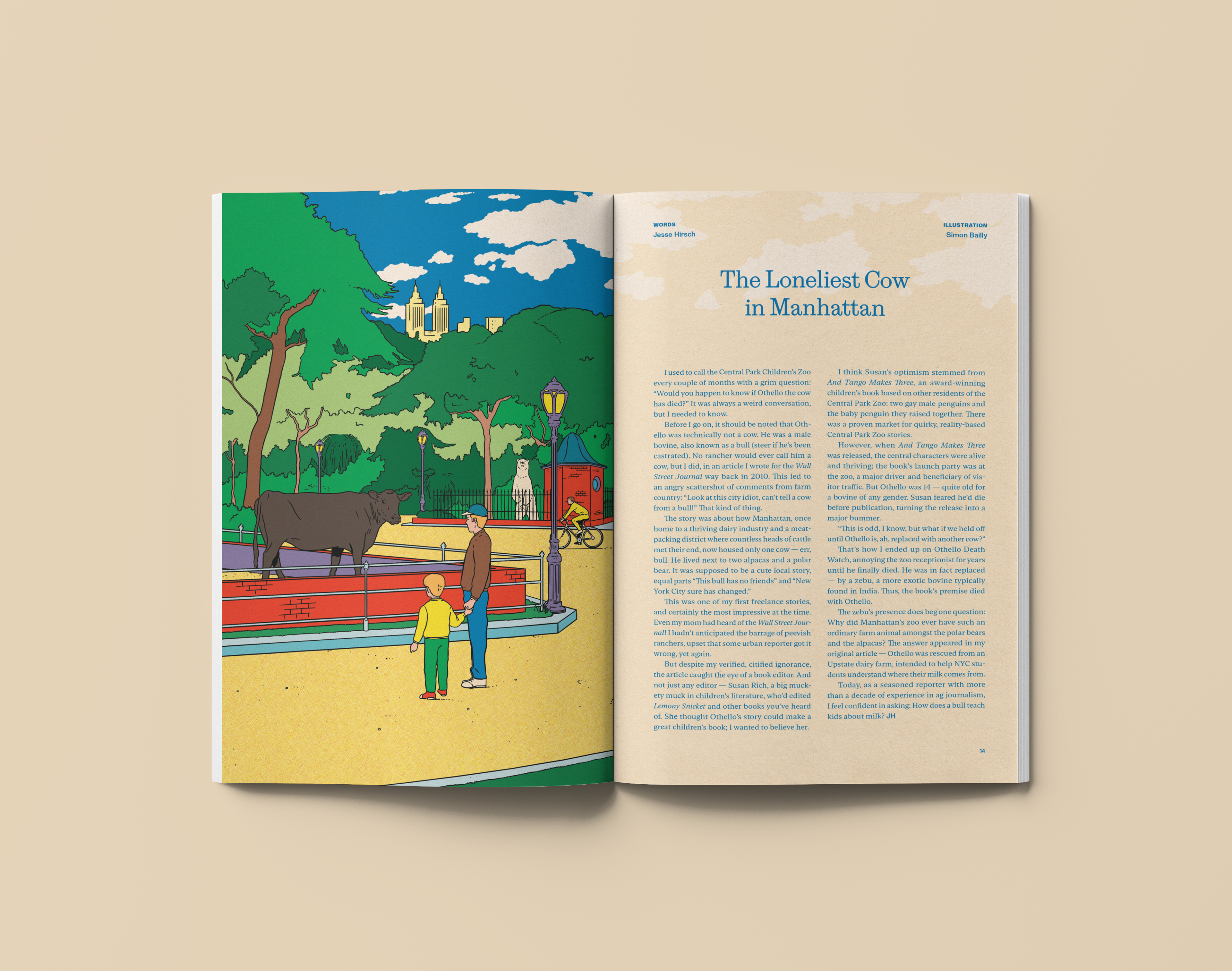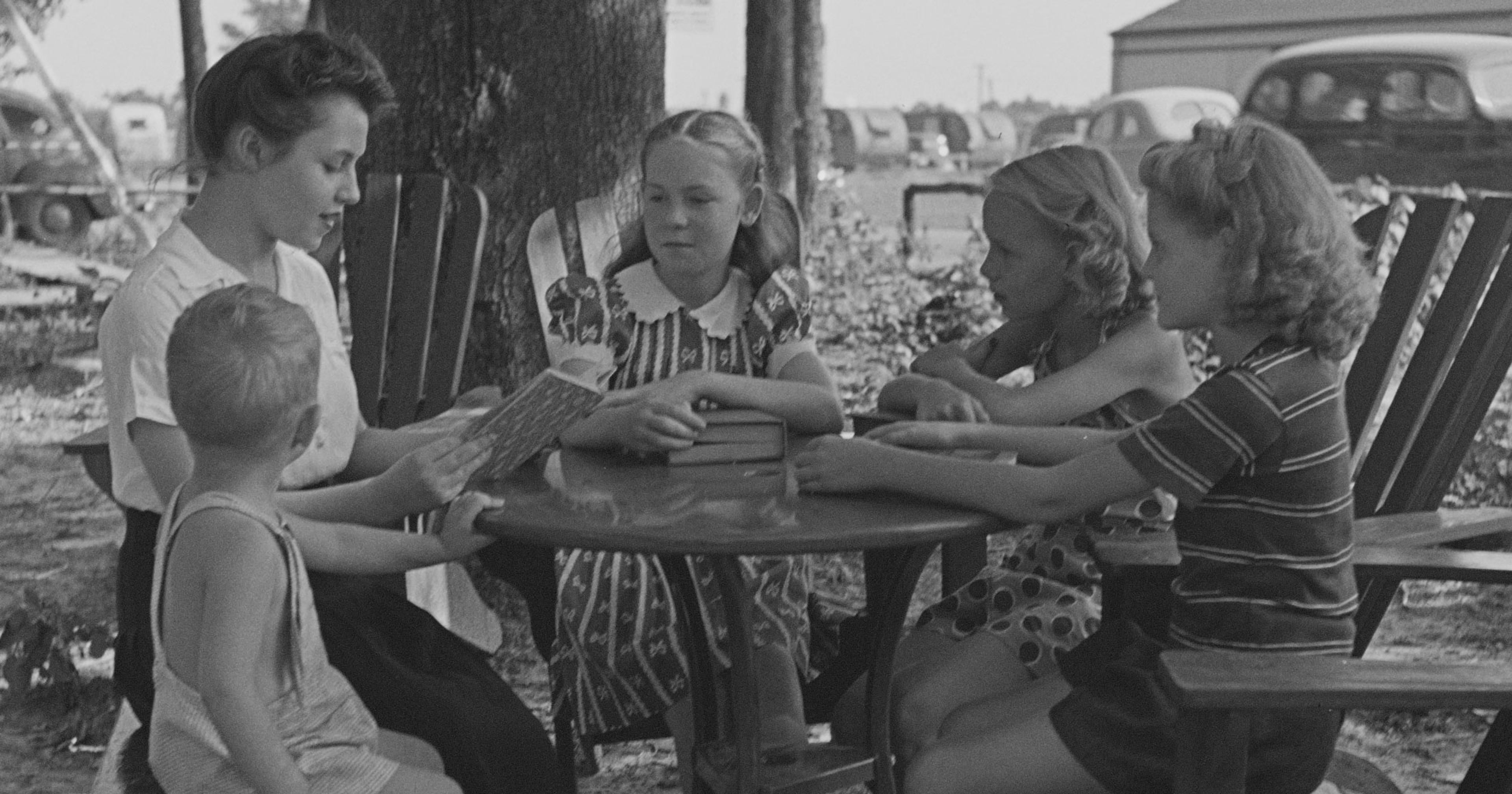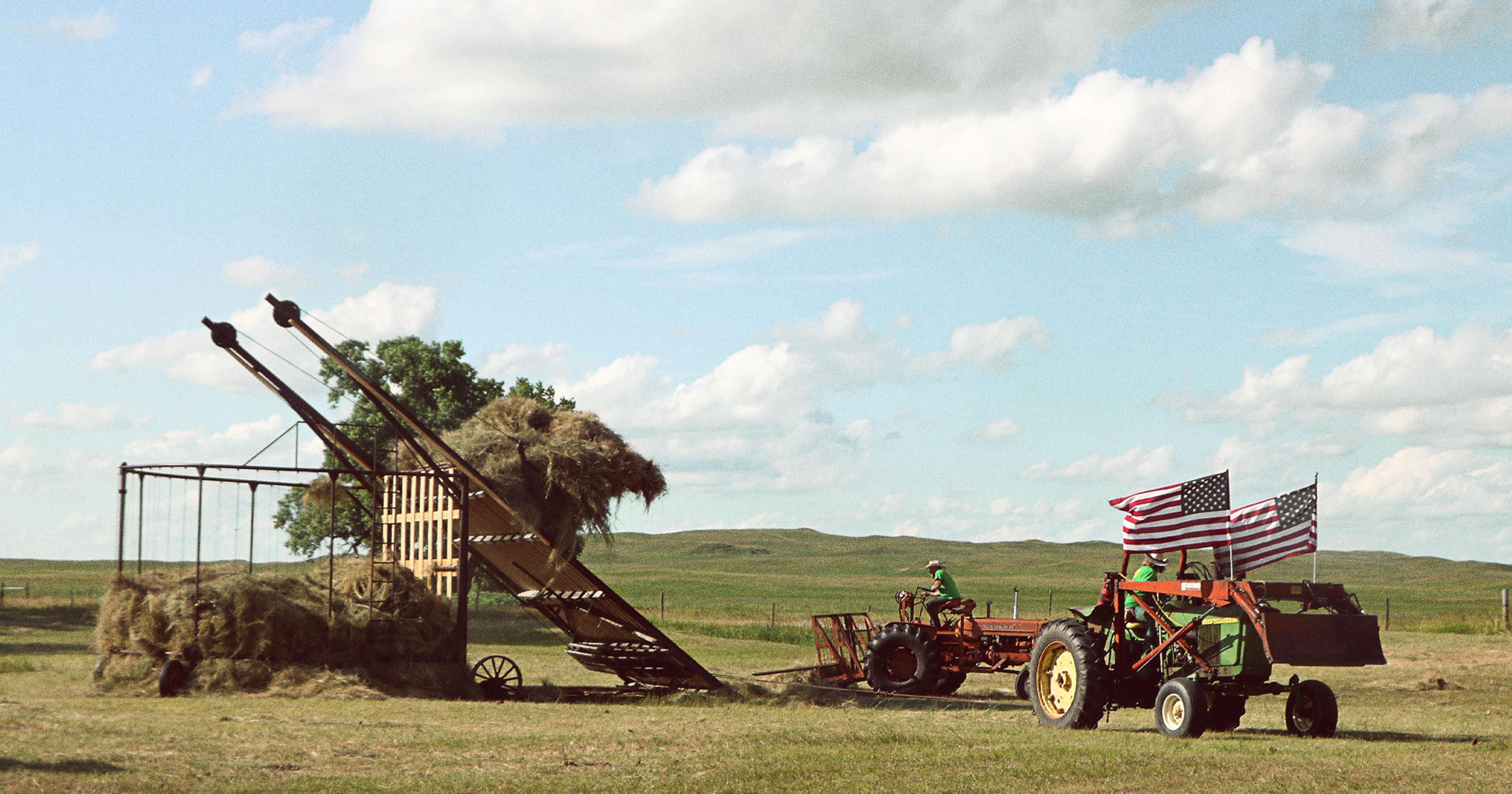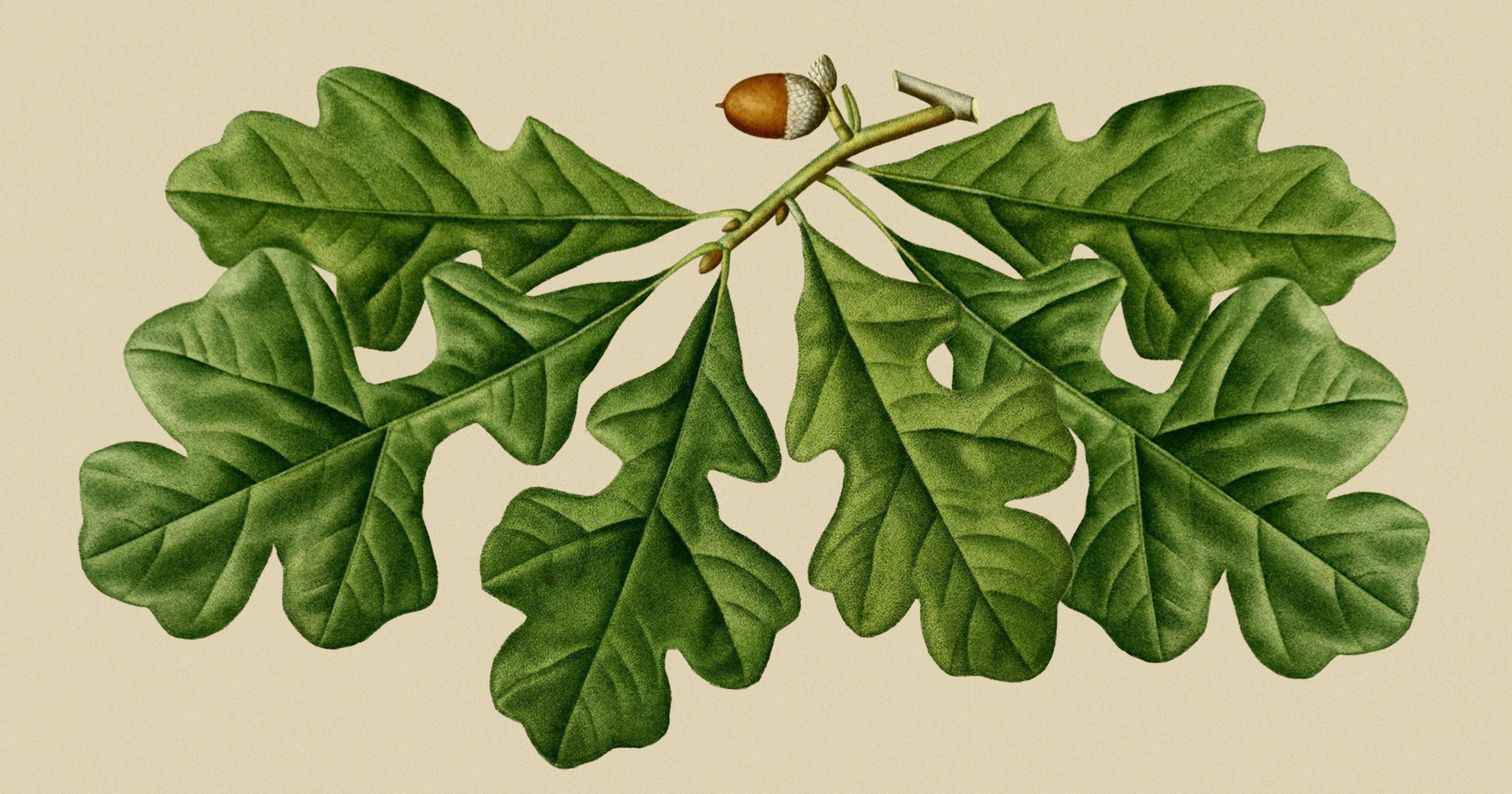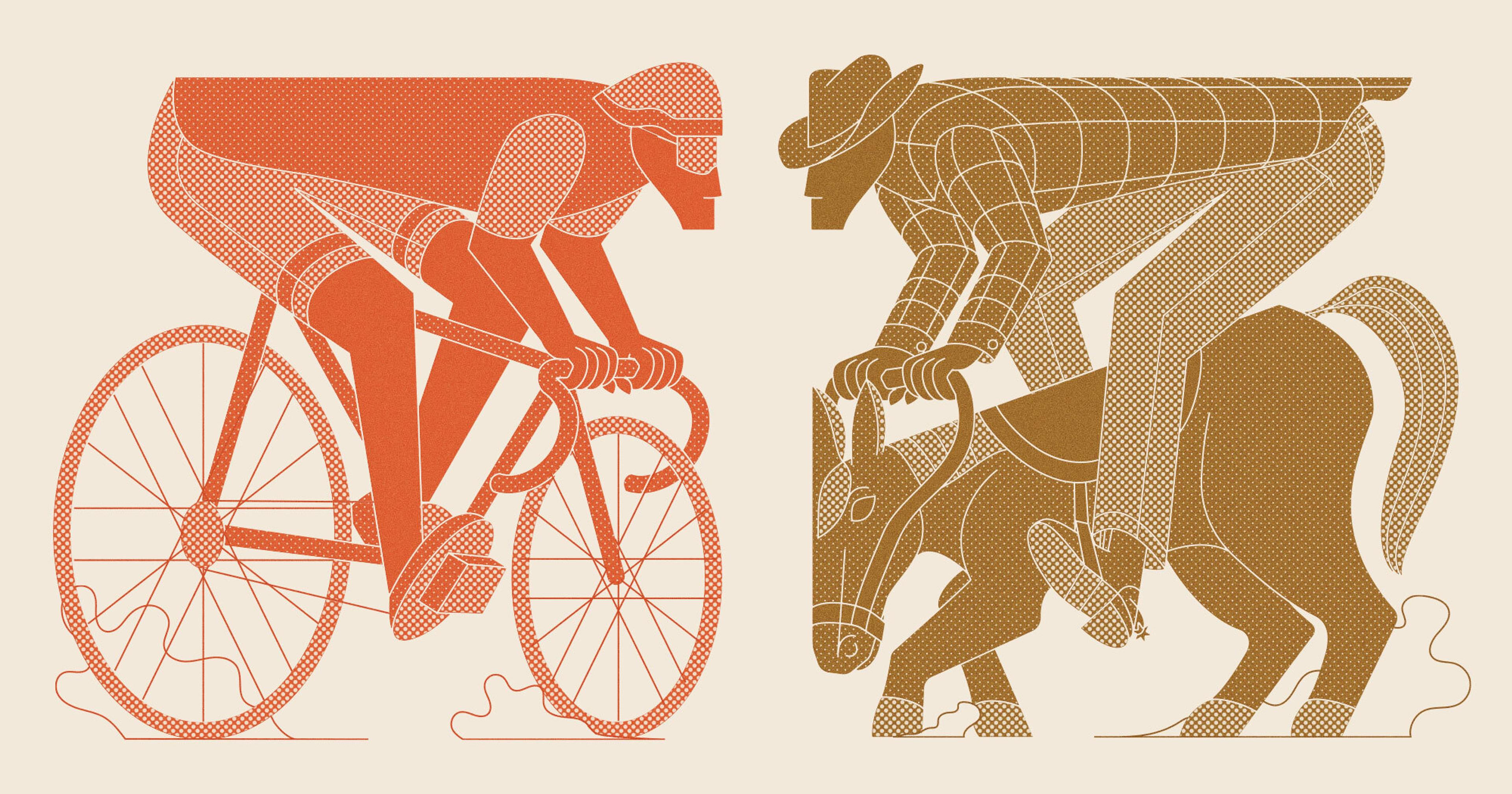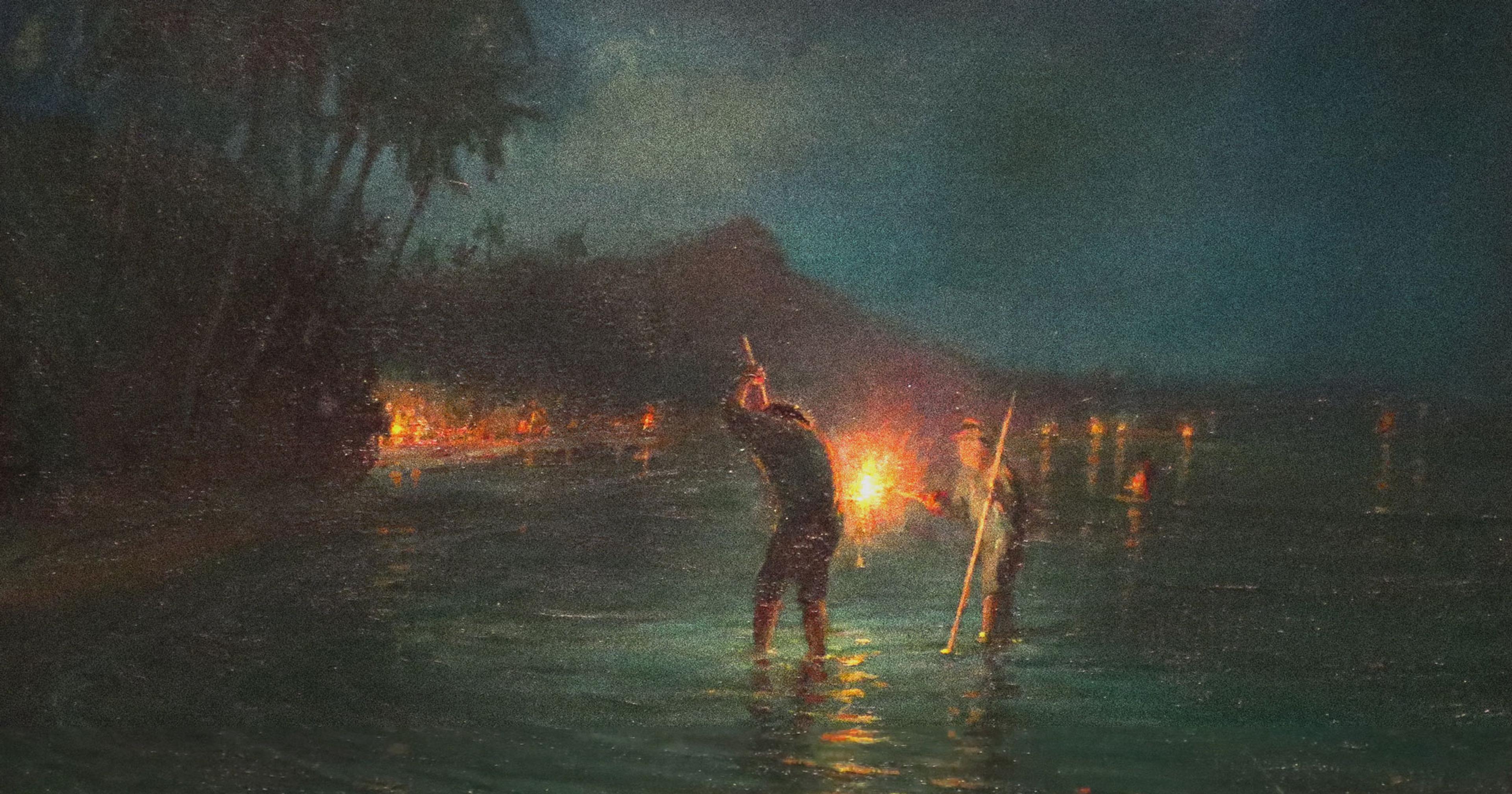The story of Othello, former bovine resident of the Central Park Zoo, alone among the polar bears and the alpacas.
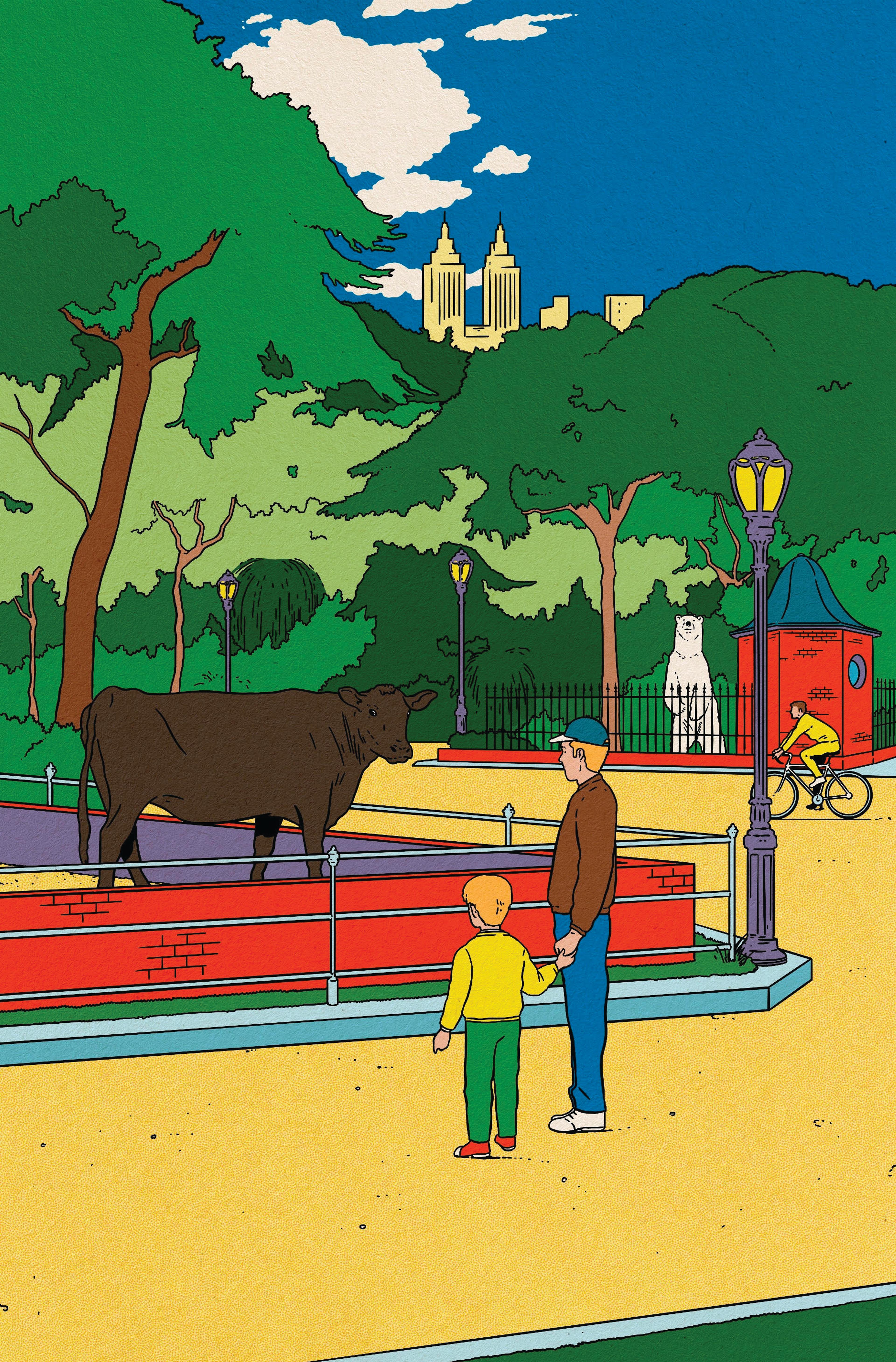
I used to call the Central Park Children’s Zoo every couple of months with a grim question: “Would you happen to know if Othello the cow has died?” It was always a weird conversation, but I needed to know.
Before I go on, it should be noted that Othello was technically not a cow. He was a male bovine, also known as a bull (steer if he’s been castrated). No rancher would ever call him a cow, but I did, in an article I wrote for the Wall Street Journal way back in 2010. This led to an angry scattershot of comments from farm country: “Look at this city idiot, can’t tell a cow from a bull!” That kind of thing.
The story was about how Manhattan, once home to a thriving dairy industry and a meatpacking district where countless heads of cattle met their end, now housed only one cow — err, bull. He lived next to two alpacas and a polar bear. It was supposed to be a cute local story, equal parts “This bull has no friends” and “New York City sure has changed.”
This was one of my first freelance stories, and certainly the most impressive at the time. Even my mom had heard of the Wall Street Journal! I hadn’t anticipated the barrage of peevish ranchers, upset that some urban reporter got it wrong, yet again.
But despite my verified, citified ignorance, the article caught the eye of a book editor. And not just any editor — Susan Rich, a big muckety muck in children’s literature, who’d edited Lemony Snicket and other books you’ve heard of. She thought Othello’s story could make a great children’s book; I wanted to believe her.
“She thought Othello’s story could make a great children’s book; I wanted to believe her.”
I think Susan’s optimism stemmed from And Tango Makes Three, an award-winning children’s book based on other residents of the Central Park Zoo: two gay male penguins and the baby penguin they raised together. There was a proven market for quirky, reality-based Central Park Zoo stories.
However, when And Tango Makes Three was released, the central characters were alive and thriving; the book’s launch party was at the zoo, a major driver and beneficiary of visitor traffic. But Othello was 14 — quite old for a bovine of any gender. Susan feared he’d die before publication, turning the release into a major bummer.
“This is odd, I know, but what if we held off until Othello is, ah, replaced with another cow?” That’s how I ended up on Othello Death Watch, annoying the zoo receptionist for years until he finally died. He was in fact replaced — by a zebu, a more exotic bovine typically found in India. Thus, the book’s premise died with Othello.
The zebu’s presence does beg one question: Why did Manhattan’s zoo ever have such an ordinary farm animal amongst the polar bears and the alpacas? The answer appeared in my original article — Othello was rescued from an Upstate dairy farm, intended to help NYC students understand where their milk comes from.
Today, as a seasoned reporter with more than a decade of experience in ag journalism, I feel confident in asking: How does a bull teach kids about milk?
This article first appeared in Ambrook Research Journal V. 01, a limited-edition print publication.
